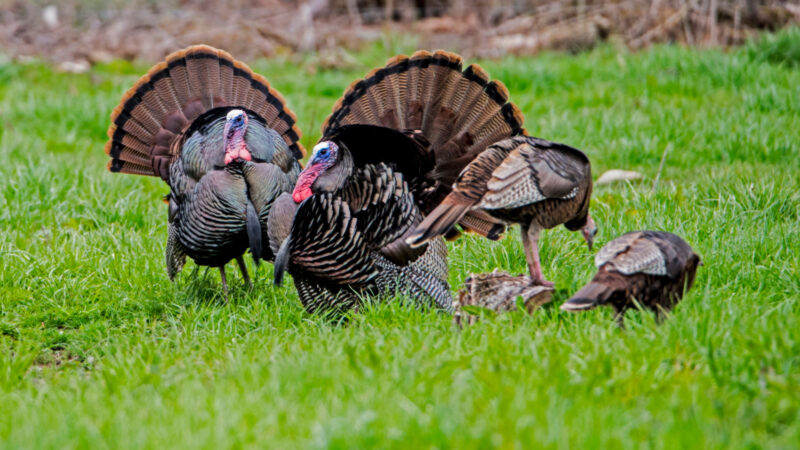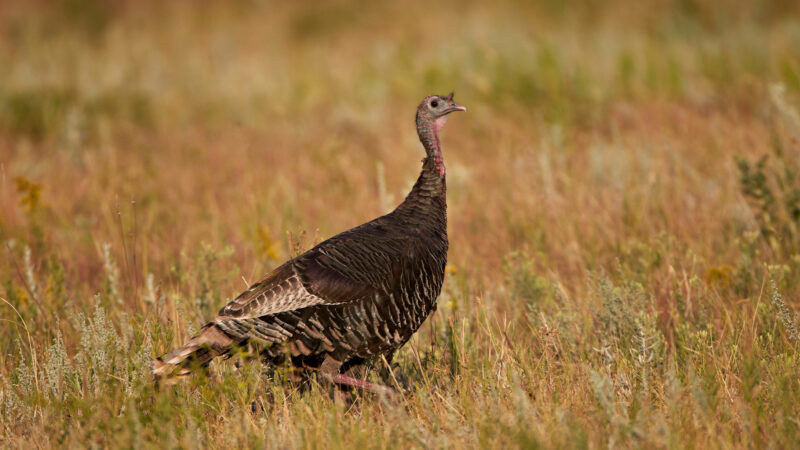Should Idaho Restrict Hi-Tech Hunting Gear? State Officials Want to Know
More than 700 Idaho residents have applied for around a dozen positions on a citizens committee that will consider the effect of technology on big-game hunting and harvest in the Gem State. Idaho’s public discussion of the role of technology in the field follows decisions in other Western states in recent years that have limited the use of trail cameras, prohibited magnified or lighted sights on bows and muzzleloaders, and have placed restrictions on night-vision and thermal optics.
Idaho’s citizens advisory committee, which is being described as a working group, is expected to discuss the various ways that technology impacts harvest, hunting opportunity, and fair-chase ethics in archery, muzzleloading, and rifle seasons. The committee’s recommendations will be passed on to the Fish and Game Commission and ultimately the state legislature for approval and could take effect in the 2026 big-game hunting season.
Applications for the working group were solicited in August. The group’s first meeting is expected to be held next month, says Ellary TuckerWilliams, legislative and community engagement coordinator for Idaho Fish and Game.
“We received an amazing response with 767 hunters applying to be on the working group, which frankly is a little overwhelming, so it will take some time to process these applicants,” says TuckerWilliams. “We’re grateful so many hunters are interested in this topic and willing to participate. I think it highlights the timeliness of this effort, and that this particular topic is on a lot of people’s minds. We will inform both those who are selected and those who are not, as soon as possible so we can get started.”
The working group, which could number from a dozen to as many as 20 individuals representing various constituencies, demographics, and regions, will specifically consider changes to big-game rules that govern weapon types and restrictions. Those rules are detailed in Chapter 4 of Idaho’s big-game regulations, which are revisited periodically by the department to ensure that they remain relevant, enforceable, and appropriate.
“The topic came about because we are in the process of reviewing our hunting rules as part of an annual process, and the commission has had an interest in a general discussion about technology’s role in our season-setting process,” says TuckerWilliams. “During the process of opening Chapter 4 for review, we received a petition basically asking us to look at long-range shooting and fair-chase ethics related to the harvest of big game.”
In order to get a wide sweep of opinions and perspective, the department created the working group to guide rule-making across weapon types and species.
“I’d say nothing is off the table,” says TuckerWilliams, “though that will be up to the working group to decide. They could decide to recommend no changes, or they could recommend significant changes. I would expect discussions to center on whether there should be limits to technology and the theoretical trade-off between higher harvest success rates and hunting opportunity. Is there a line that we need to be aware of where people will be willing to give up opportunity in exchange for advanced technology? Or is there a line where people are willing to not have the latest and greatest in technology because they want more opportunity? Those are the questions that this working group is going to be discussing.”
Several other Western states have curtailed certain technologies in recent years. In 2022 both Arizona and Utah banned the use of trail cameras for hunting, and last year Utah restricted muzzleloaders to non-magnified sights during primitive-weapon seasons, following a similar rule change in New Mexico. In 2021, Montana joined other Western states in restricting muzzleloaders to loose powder and non-sabot projectiles in its “heritage muzzleloader” season.
Nick Fasciano, executive director of the Idaho Wildlife Federation, welcomes the discussion of the role of technology in the state’s big-game seasons. (Fasciano has contributed to OL in the past.)
“There’s been enormous interest in this group from Idaho hunters across the state,” says Fasciano. “Technology in hunting has come up a lot in recent years and is on everyone’s mind. What kind of equipment is permissible in archery and traditional muzzleloader seasons? What are the right regulations for emerging technologies that might impact fair chase?”

Photo by IDGF
Fasciano says that Idaho hunters have consistently rated opportunity as a top consideration. He’s looking forward to discussions around the intersection of technology and hunter lethality, which can ultimately reduce opportunity.
“I’m pretty optimistic that this group will pull in a diverse subset of hunters that can both help inform that conversation as well as providing a useful data point as to where hunters stand on these issues,” he says.
TuckerWilliams expects to invite wider perspectives on the intersection of technology and hunting, including national experts on fair chase and other state agencies that have experience regulating technology.
“While our decision space is limited to Idaho, this is a discussion that’s happening regionally and nationally,” says TuckerWilliams. “I envision the first couple meetings to be informal and informational, hopefully with input from [Association of Fish and Wildlife Agencies], Boone and Crockett Club, and Pope & Young Club, and I’m planning to reach out to other states’ agencies to ask them how they addressed technology restrictions so that when our folks start having discussions about Idaho, they have regional and national perspectives to pull from.”
Once working group members are finalized, meetings could begin as early as October and are expected to continue into the early spring.
“We’ve received feedback that people think a decision has already been made, and that Fish and Game is somehow anti-technology,” says TuckerWilliams. “That couldn’t be further from the truth. We genuinely want to engage the public in a conversation and go on a journey together rather than having the agency say this is what is or isn’t going to happen without input from the public. Where does the public think is right for Idaho? What sportspeople think is fair in Montana may be different from what sportspeople think is fair in Idaho. That’s what we want to learn from this process.”
The post Should Idaho Restrict Hi-Tech Hunting Gear? State Officials Want to Know appeared first on Outdoor Life.
Source: https://www.outdoorlife.com/hunting/idaho-hunting-technology/





